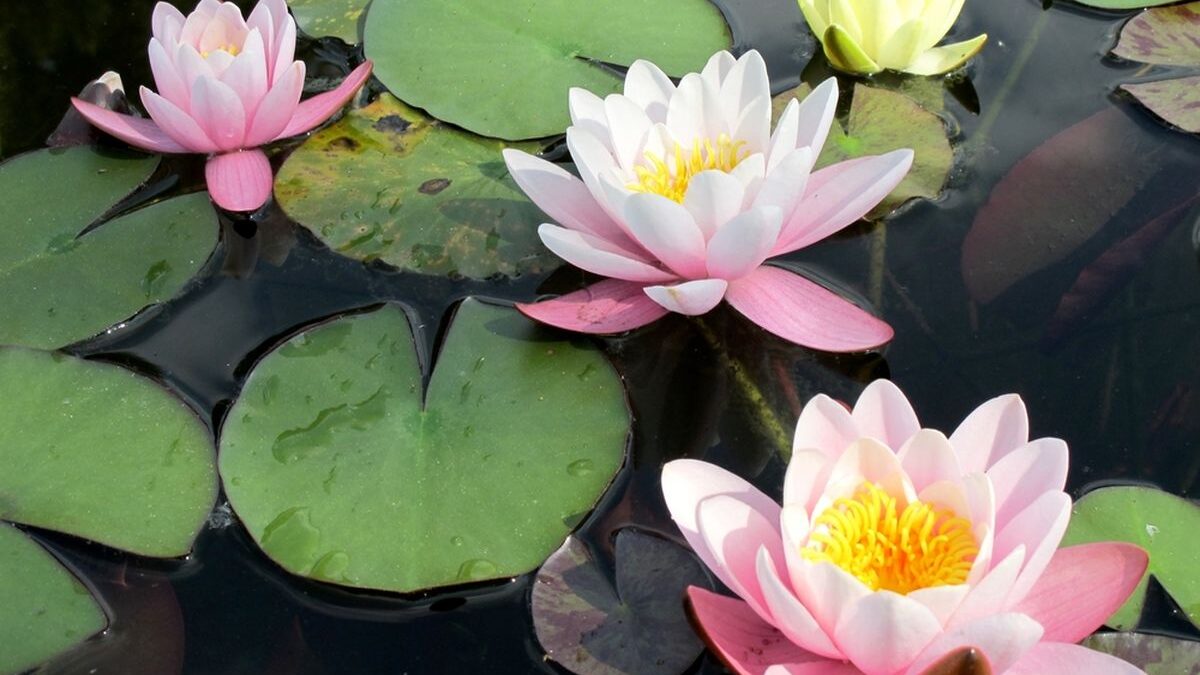
The lotus flower, scientifically known as “Nelumbo nucifera” and locally referred to as “teratai888” in many Southeast Asian countries, holds a special place in the hearts and cultures of the region. This remarkable aquatic plant boasts not only stunning beauty but also profound symbolism and practical significance.
Teratai, or lotus, is perhaps best known for its remarkable ability to emerge from muddy waters and bloom into pristine, flawless blossoms. This process symbolizes purity and enlightenment across various cultures. It is often associated with spiritual awakening and personal growth, as the lotus rises above adversity and thrives in the face of challenges.
The lotus flower’s exquisite appearance also captures the imagination of artists, poets, and garden enthusiasts worldwide. Its unique, symmetrical petals and vibrant colors make it a favorite subject in art and literature, representing beauty, grace, and the ever-renewing cycle of life. The different colors of lotus flowers hold their own significance, with white symbolizing purity, red symbolizing passion, and blue representing wisdom and knowledge.
Beyond its symbolism, teratai has practical uses that make it a valuable resource. In traditional medicine, various parts of the lotus plant, including the seeds, leaves, and rhizomes, are used for their therapeutic properties. The seeds, for instance, are consumed for their nutritional value and are believed to promote health and well-being.
The leaves of the lotus plant also play a significant role in culinary traditions, especially in Southeast Asia. They are used as a natural wrap for various dishes, imparting a subtle, earthy flavor to the food. Steamed or grilled fish, rice parcels, and herbal delicacies are often wrapped in lotus leaves, infusing the dish with a delightful aroma.